Description
ABSTRACT
The study was on the investigation of landuse changes between 1965 and 2003 in the northern part of Kaduna metropolis using remote sensing RS and geographic information system GIS techniques. Sources of data were primarily airphotos of 1965, 1977 and 1992. The air photos were of different scales but the use of the dot grid method helped to consistently identify, sample and estimate proportions of each airphoto year mosaic that had specific landuse types model by model. Landuse changes between 1992 photoyear and 2003 were obtained through digital mapping techniques using Global Positioning System instrumentation: GPS Magellan 315 because air photograph of the area was not available for this period and Satellite imagery strip or spot was very expensive.The results of the study showed that between 1965 and 1977, and 1992 landuses changed from rural features to those of urban development indices and very rapidly. Urban residential landuses for example leaped from 62.5ha. in 1965 to 202ha. in 1977 to 392ha., and from 1992 to 507ha. in 2003. Similarly staggering rises were observed in government owned institutional lands and commercial services land uses. The rises were rapid and higher between 1992 photo year and the digital mapping of year 2003 than any previous successive photo years and ranged from 84 for urban road/highway development; for residential it was 122 to 268 for commercial services. The trend was clearly from rural to urban landuse development. However, the increases were complex and confused with ever threatening risks of high magnitude disaster on the leading edge of urban land uses.
The study was on the investigation of landuse changes between 1965 and 2003 in the northern part of Kaduna metropolis using remote sensing RS and geographic information system GIS techniques. Sources of data were primarily airphotos of 1965, 1977 and 1992. The air photos were of different scales but the use of the dot grid method helped to consistently identify, sample and estimate proportions of each airphoto year mosaic that had specific landuse types model by model. Landuse changes between 1992 photoyear and 2003 were obtained through digital mapping techniques using Global Positioning System instrumentation: GPS Magellan 315 because air photograph of the area was not available for this period and Satellite imagery strip or spot was very expensive.The results of the study showed that between 1965 and 1977, and 1992 landuses changed from rural features to those of urban development indices and very rapidly. Urban residential landuses for example leaped from 62.5ha. in 1965 to 202ha. in 1977 to 392ha., and from 1992 to 507ha. in 2003. Similarly staggering rises were observed in government owned institutional lands and commercial services land uses. The rises were rapid and higher between 1992 photo year and the digital mapping of year 2003 than any previous successive photo years and ranged from 84 for urban road/highway development; for residential it was 122 to 268 for commercial services. The trend was clearly from rural to urban landuse development. However, the increases were complex and confused with ever threatening risks of high magnitude disaster on the leading edge of urban land uses.
INTRODUCTION
This study is on the application of Remote Sensing RS and Geographic Information System GIS Techniques to the examination of the nature of landuse changes in the northern district of Kaduna metropolis from 1965 to 2003. Population influx to towns and cities often resulte in urban expansion and sprawling, pushing the urban environment influences into the adjacent rural lands with attendant changes in landuse types, intensity and landscape quality. That is how Kaduna metropolis, a former political regional headquarters for more than half a century, grew. Field observations show that its expansion has had great impact on the surrounding rural lands. Scanty records both in maps and written documents were available to show the nature of the changes that had taken place. Thus, reconstruction of changes in landuse becomes difficult with probable large errors and speculations. Yet, there is a dire need for an understanding of the dynamics of landuses on the urban periphery for effective planning, management and provision of utilities. Nowadays, earthmapping technology offers good opportunities for investigating landuse changes that have taken place in the past. Hence, this study investigates the landuse changes in the northern part of Kaduna metropolis using Remote Sensing and Geographic Information System Techniques.

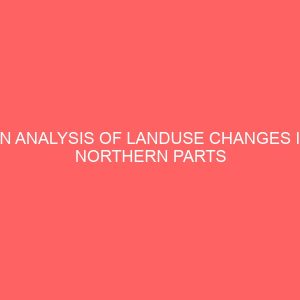

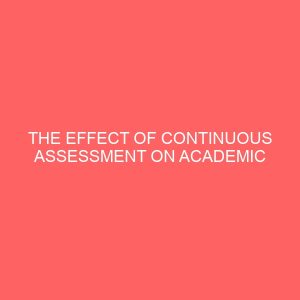
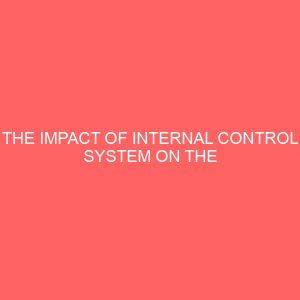
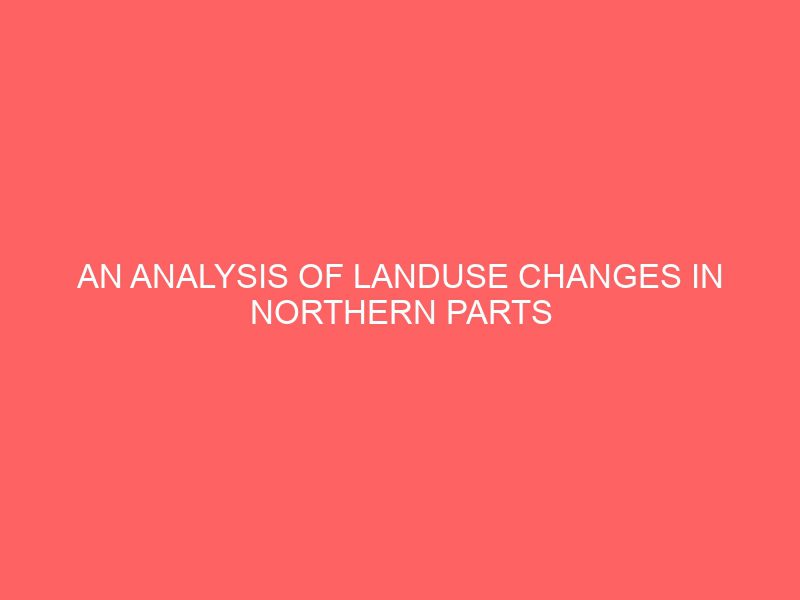

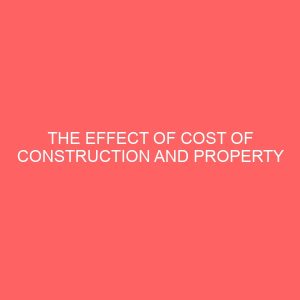
Reviews
There are no reviews yet.